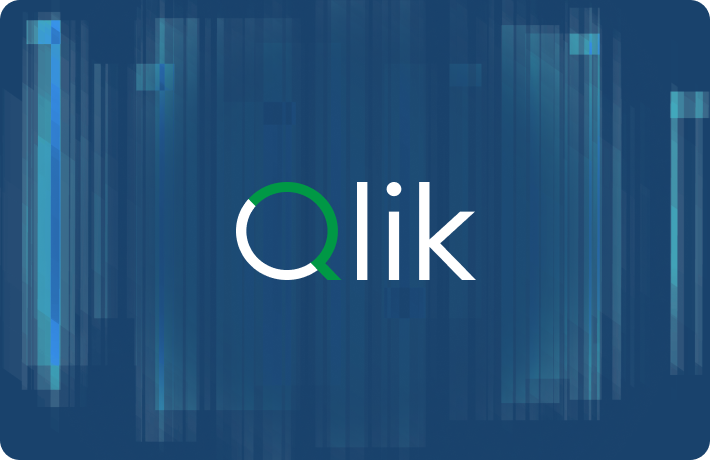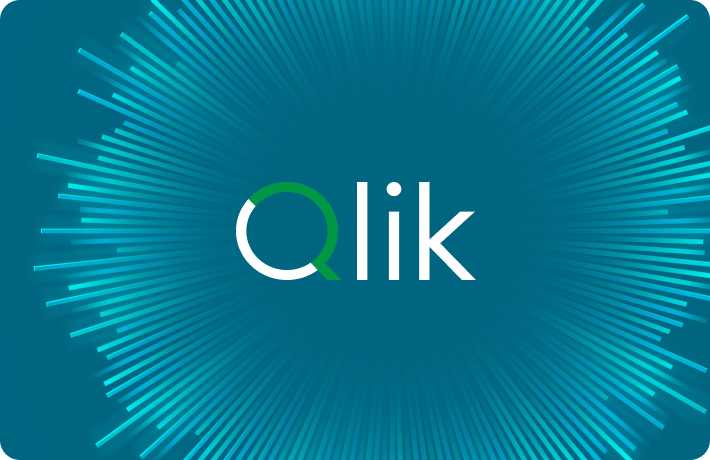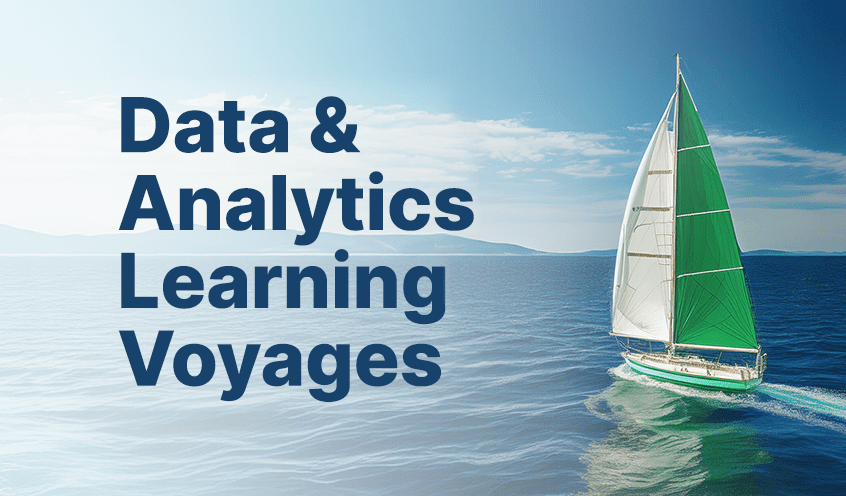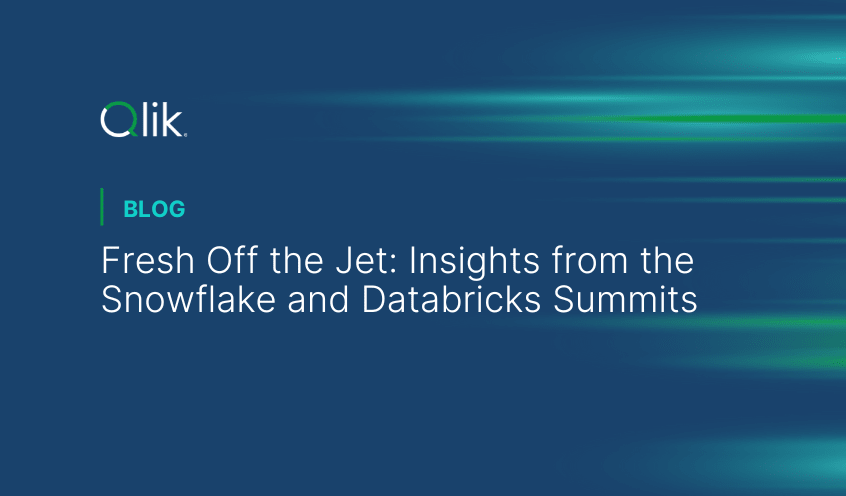After two weeks of immersion at the Databricks Data + AI Summit and Snowflake Summit, it’s clear that the pace of innovation is accelerating faster than ever. Both events showcased groundbreaking advancements in AI, data orchestration, and table formats, with Iceberg, catalogs, and hybrid customer personas emerging as the key themes. Below are some analysis on the trends shaping the modern data ecosystem.
The Rise of the "Datengislyst" - Hybrid Personas Driving Demand
We’re witnessing the emergence of a hybrid data professional—a convergence of Analysts, Engineers, and Data Scientists—humorously referred to as the “Analygineerist” or “Scientanalgineer.” This new persona is pushing Snowflake and Databricks to deliver tools that cater to a broader user base, spanning advanced technical capabilities and low-code/no-code solutions.
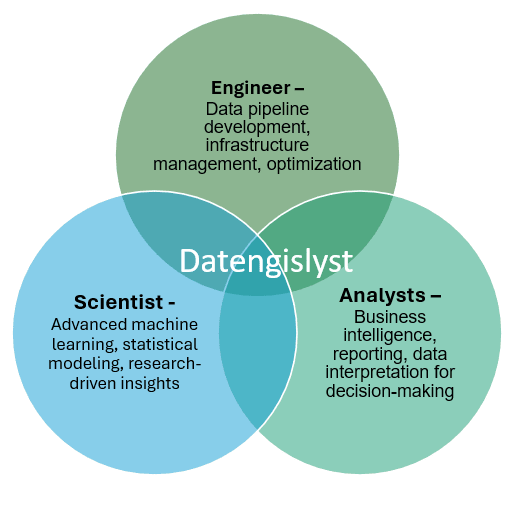
Both Snowflake and Databricks are pivoting to serve this hybrid user, as summarized by the blurred boundaries between OLAP (analytics) and OLTP (transactional) workloads. Innovations in natural language generation (NLG), real-time analytics, and AI tools are the gravitational force pulling these personas together, with both companies jockeying to provide seamless solutions.
Iceberg: The Pillar of the Open Data Ecosystem
Iceberg’s role as a next-gen table format was a major theme at both summits. This open architecture enables flexibility, portability, and cost efficiency, rapidly positioning itself as a viable alternative to costly proprietary storage models.
Databricks
Unity Catalog Integration: Databricks is embracing Iceberg with full read/write capabilities, further integrated into Unity Catalog, providing seamless table management for hybrid and enterprise data needs. But ultimately Databricks UniForm layer is landing the data in Delta format.
The Iceberg approach: By harmonizing Delta and Iceberg frameworks, Databricks is ensuring that the choice of table format becomes secondary to unified usability—an innovation that promises reduced storage costs and increased flexibility for customers.
Snowflake
Support for Iceberg signals acknowledgment of the format’s necessity. Snowflake is making progress here with customers like Capital One, where they are migrating data to Iceberg underscoring the pressures to adapt the open lakehouse.
The Ascendant Role of Catalogs: Replacing Data Gravity
Iceberg’s open nature has been disruptive in decoupling data from platform-specific storage. As a result, catalogs have become the new “data gravity,” dictating control over workflows and analytics across enterprise ecosystems.
Databricks
Unity Catalog is a strong solution for integrating Iceberg and Delta tables. Its ability to manage real-time, low-latency ingestion while maintaining enterprise-grade security reinforces Databricks’ position in catalog innovation.
Databricks also unveiled Uniform Streaming for Iceberg Optimization, simplifying real-time pipeline integration with minimal complexity for businesses.
Snowflake
Snowflake’s Horizon Catalog appears to be a strong contender, and while development is underway, its advanced features for seamless Iceberg management appeared promising.
AI at the Core: Tools for the Hybrid Data Workforce
Artificial Intelligence (AI) advancements were out in full force at both summits, offering tailored solutions for diverse user personas and enabling varying levels of accessibility.
Databricks
AI-Driven Collaboration: Tools like LakeFlow Designer offer low-code/no-code workflows for business teams to work alongside technical teams.
Genie LLM: Databricks' AI tools enable customized workflows, ensuring production-grade AI operationalization without technical bottlenecks.
Snowflake
Snowflake introduced AI enhancements under Cortex AI, targeting seamless integration of AI with data science workflows. However, there was more focus here on SQL-centric capabilities with less features for low-code users.
Customer Success Highlights: Innovation in Action
Insights from mutual customers spotlighted the unique value propositions of both platforms:
Mercedes-Benz (Snowflake): Leveraged Qlik to enable cross-cloud data sharing across AWS, Azure, and GCP, while managing challenges like egress costs and compatibility.
Unilever (Databricks): Revamped its data foundation with Delta Live Tables, achieving serverless architectures, AI-readiness, and real-time analytics workflows with improved data quality.
Qlik Enhancements
Qlik’s contributions to both ecosystems, including advancements in Iceberg optimization and cataloging, further demonstrate the convergence of analytics and transactional workloads across platforms.
Qlik’s position as a leader in data integration was underscored at the Snowflake Summit, where we earned Snowflake’s 2025 Data Integration Partner of the Year. This recognition reflects Qlik’s dedication to advancing enterprise data solutions. Additionally, Qlik’s executive team joined Snowflake’s Denali Club, a select group of strategic partners closely aligned with Snowflake. At the Databricks Summit, Qlik showcased enhancements in enabling real-time, low-latency ingestion and advanced table management.
Databricks and Snowflake: Strategies in Focus
The dynamic between Databricks and Snowflake illustrates two contrasting yet complementary approaches to modern data challenges:
Databricks
Databricks is pushing what’s possible in technical innovation, pushing the envelope with innovative offerings (e.g., Lakehouse tooling, real-time table optimizations). Keynotes and sessions reflected a positive narrative about open ecosystems.
Snowflake
Snowflake innovative tools like OpenFlow (its ETL solution) and Cortex AI, were strong in comparison. Keynote speakers did avoid overt mentions of the D-word, signaling a competitive tension that underscores the growing rivalry.
Key Implications for the Data Ecosystem
Iceberg Momentum: Iceberg is cementing itself as the go-to table format, making open ecosystem collaboration a requirement, not an option.
Catalog Control as the Battlefield: Catalogs are becoming the linchpin for hybrid data, replacing storage as the critical control point.
The Hybrid Workforce Drives Innovation: The rise of the hybrid persona—part analyst, part engineer, part scientist—is driving extensive demand for AI and low-code tools.
Competitive Dynamics Escalating: Databricks appears to be setting the pace, while Snowflake is answering back in the open data fight.
Conclusion
The Databricks Data + AI Summit and Snowflake Summit showcased a rapidly shifting data landscape, where open ecosystems and hybrid users are the focal points of innovation.
From Snowflake’s Cortex AI advancements to Databricks’ collaborative Lakehouse tools, Qlik maintains a pivotal role at the intersection of these groundbreaking ecosystems. With award-winning integrations at Snowflake Summit and boundary-pushing accessibility at Databricks Summit, Qlik continues to lead in delivering value-driven solutions.
Welcome to the next frontier in the data ecosystem. Buckle up!
In this article:
Data Integration



